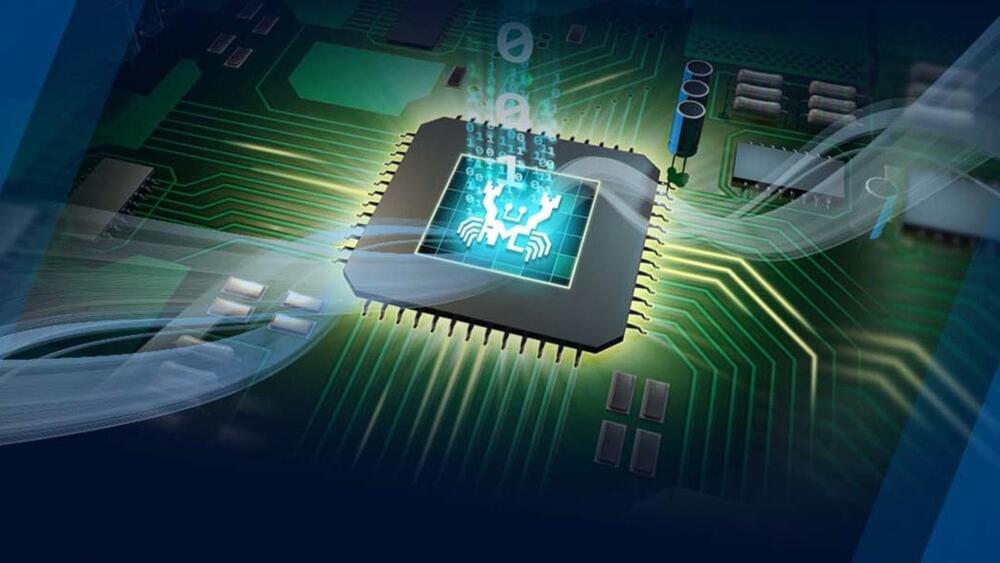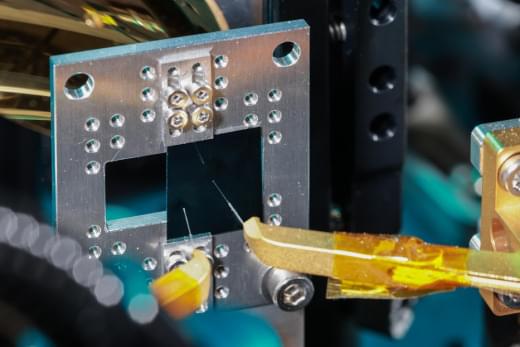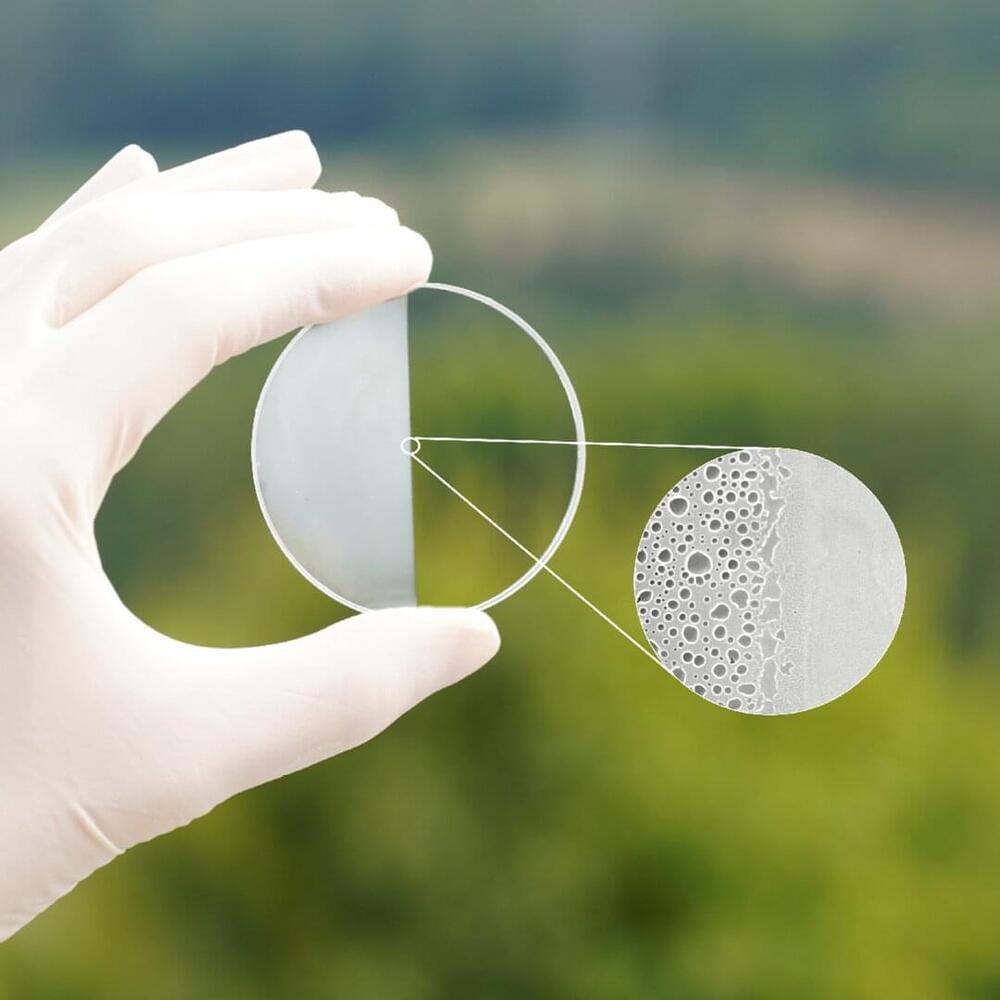Advanced new Faraday cages—the metal mesh enclosures that can block wireless signals—can also be switched on and off for reversible protection against noise, a new study finds.
In addition, these new shields can be easily fabricated through a technique akin to spray-painting, which could help them find use in electronics, researchers say.
Built out of a novel material called MXene, these cages could block and allow signals as desired.








